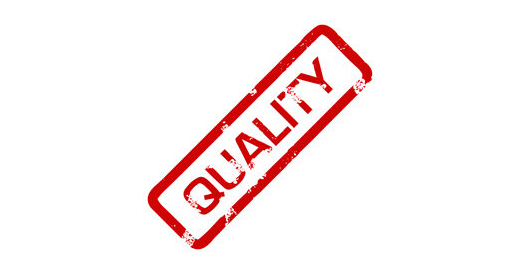
Ask the Experts is a series of reader questions answered by industry advisors. Send your questions to carolyn@orthoworld.com.
Question: How can companies plan for the unknown in the ever-changing regulatory landscape?
Answer from John Kapitan, CEO, Kapstone Medical: It’s important to understand that not all regulatory changes are created equal. Some regulations have a much bigger impact than others, and therefore require in-depth planning for compliance.
One significant impact is the rollout of the EU Medical Device Regulation in 2020. The changes are broad and deep, and companies operating in that region have to manage substantial adjustments to the ways they do business. Comparatively, regulatory changes that are narrow in scope are easy to adjust to and aren’t as intimidating to the companies they impact.
Regulations will always constantly evolve. Orthopedic device companies should be prepared to operate in a fluid regulatory environment and not be afraid of it. The key is to understand the risks involved because change is inevitable. Knowing that there are risks without knowing their potential impact is often referred to as “Known Unknowns.” When operating in this zone, device companies should try to glean as much information as possible in relation to future changes and the unknowns associated with them. In other words, minimize the surprises wherever possible.
People who operate under the project management umbrella will tell you that their job, in a sense, is to identify and plan for as many unknown impacts as possible early in the development process. I believe a good way to mitigate risks is by instituting flexible, scalable processes. Quality management systems can be effective tools for this purpose.
The effectiveness of quality management systems varies. As I mentioned previously, the system should be flexible and scalable enough to be used for various products and procedures. Also, the system needs to be easy to use from the ground up.
The ways that companies create and utilize these systems are as varied as the products themselves. I’ve seen quality systems that were printed on paper, placed in three-ring binders and stuffed in file drawers that no one opened until an auditor or inspector walked in the door. I’ve also seen simple, yet comprehensive quality systems that people incorporate into their day-to-day functions, recognizing the importance of constantly using, and improving, procedures that affect them the most.
Quality management systems can also vary based on how an organization views the role of quality within their company. Some think of quality management purely as a tool used for compliance purposes. They use it to figure out how to stay out of FDA’s spotlight. Others utilize these systems as strategic weapons to drive innovation in the organization.
In some ways, these are proactive vs. reactive options for quality management systems. In my experience, proactive systems enhance job functions and improve overall product quality. The proactive approach is the smarter one because it strengthens the production process, the quality of final product and simplifies regulatory compliance.
Historically, quality systems have had a connotation of just being shackles for an otherwise nimble organization. We know now that this is not the way a forward-thinking device company operates.
Another tangible way that companies can plan for the unknown with a quality management system is to implement a cloud-based system that can be accessed and utilized by members of organizational teams operating in separate locations. These systems can incorporate workflows and processes that older paper-based systems simply can’t match. When cloud-based systems are created and used to their full potential, organizations become excited to use them. Processes move more smoothly, high-quality products are produced more efficiently and regulatory requirements can be easily reviewed and monitored.
Regulations will continue to change. By incorporating quality management systems into the production of new products and processes, regulations can become guiding principles for continued growth as opposed to becoming hurdles that companies fear will inhibit getting products to market in a timely manner.
John Kapitan is the CEO of Kapstone Medical, a company he founded in 2007 after 15 years in the medical device industry as a design engineer and regulatory affairs executive. He is an entrepreneur and expert in medical device design and commercialization. Prior to creating Kapstone, Mr. Kapitan was a founding member of Altiva, a spinal implant company that was sold to Exactech in 2008. His experience also includes time with AcroMed, DePuy AcroMed and the Cleveland Clinic Foundation.




